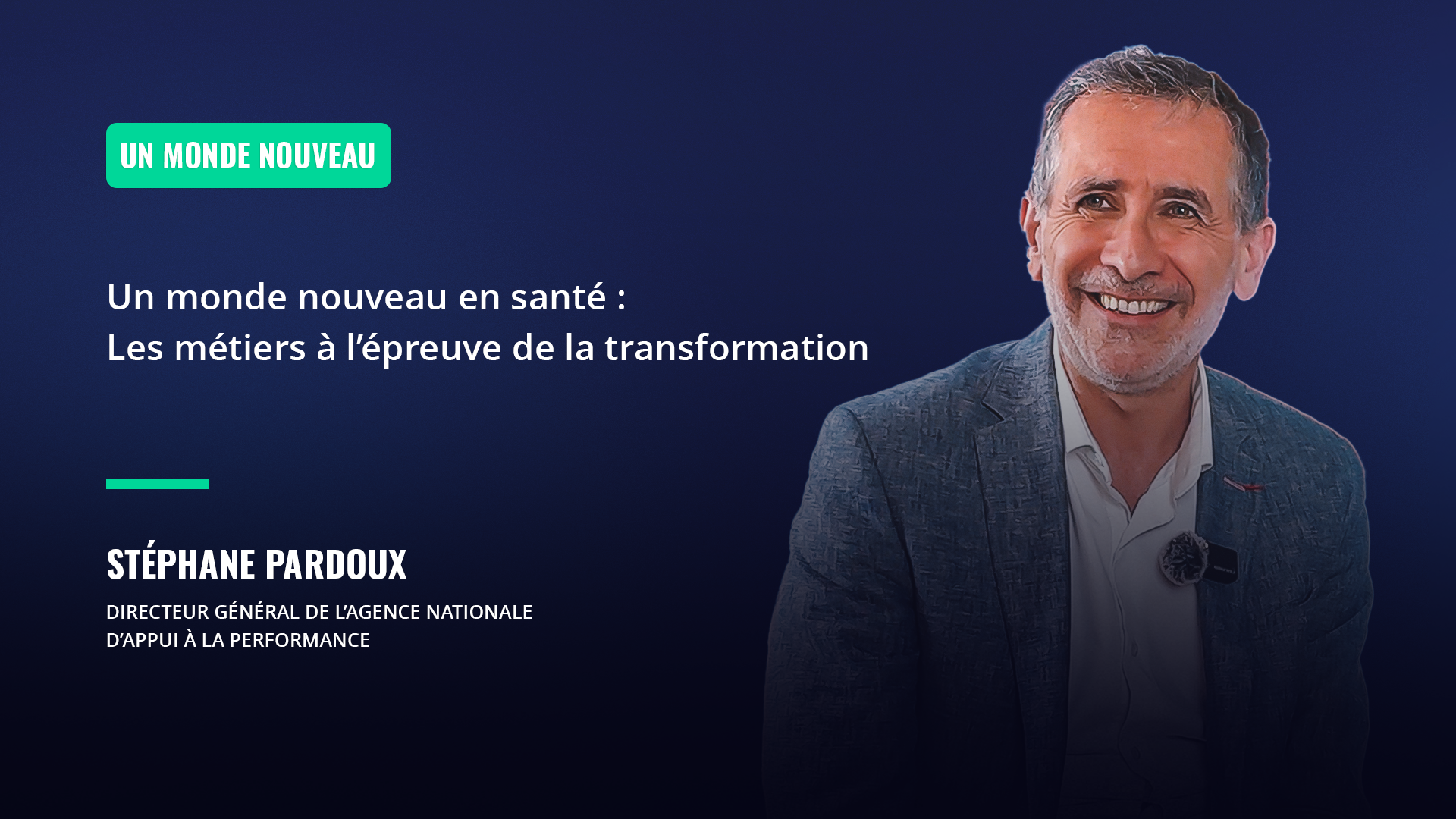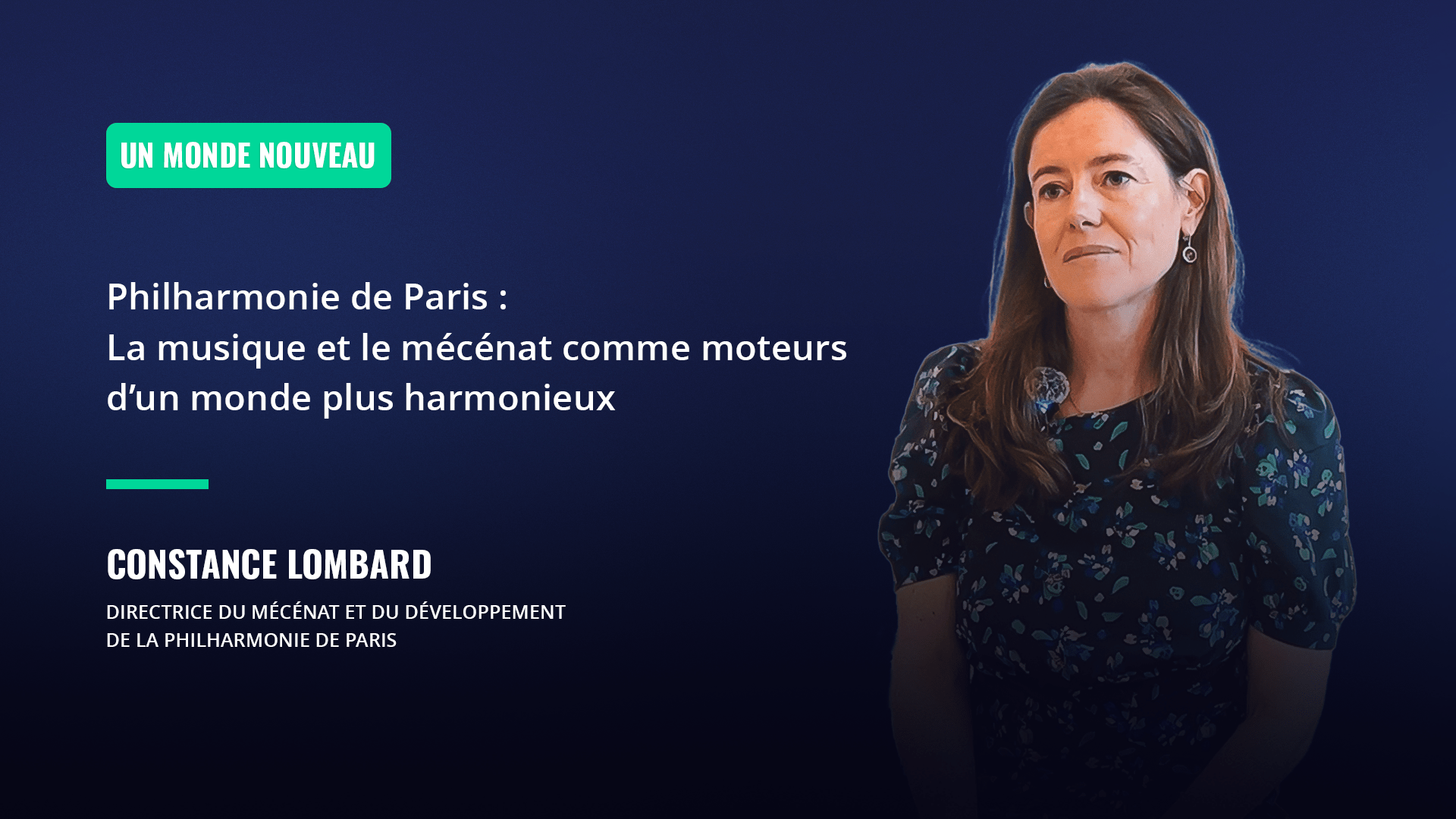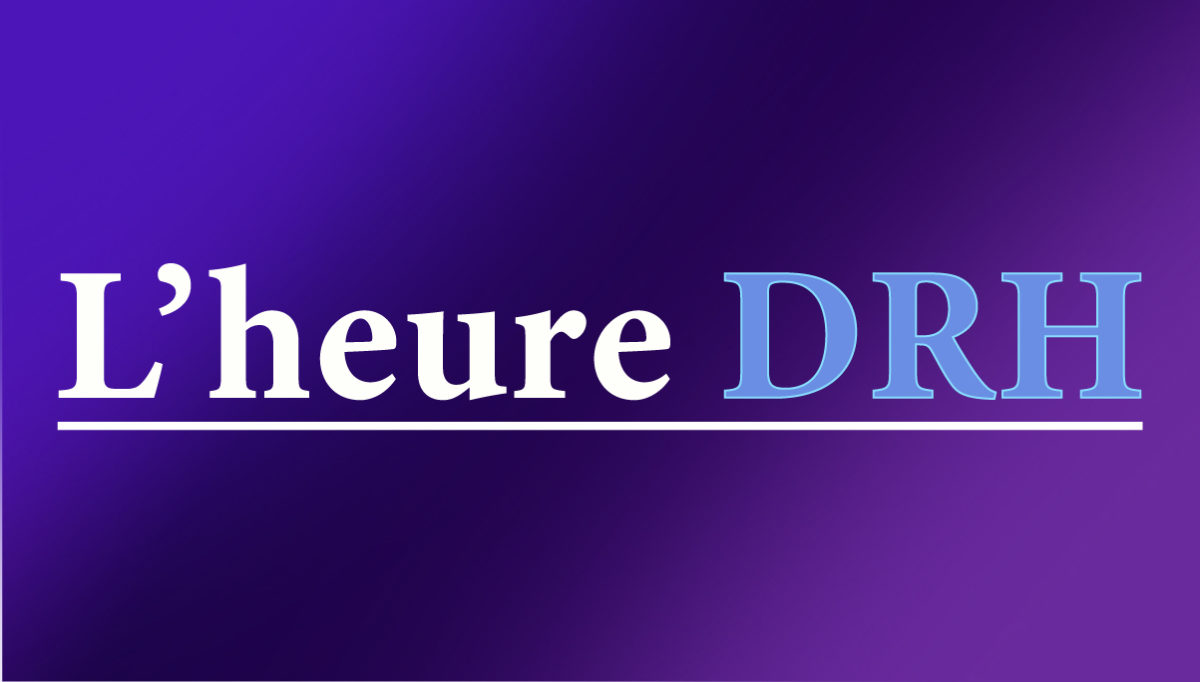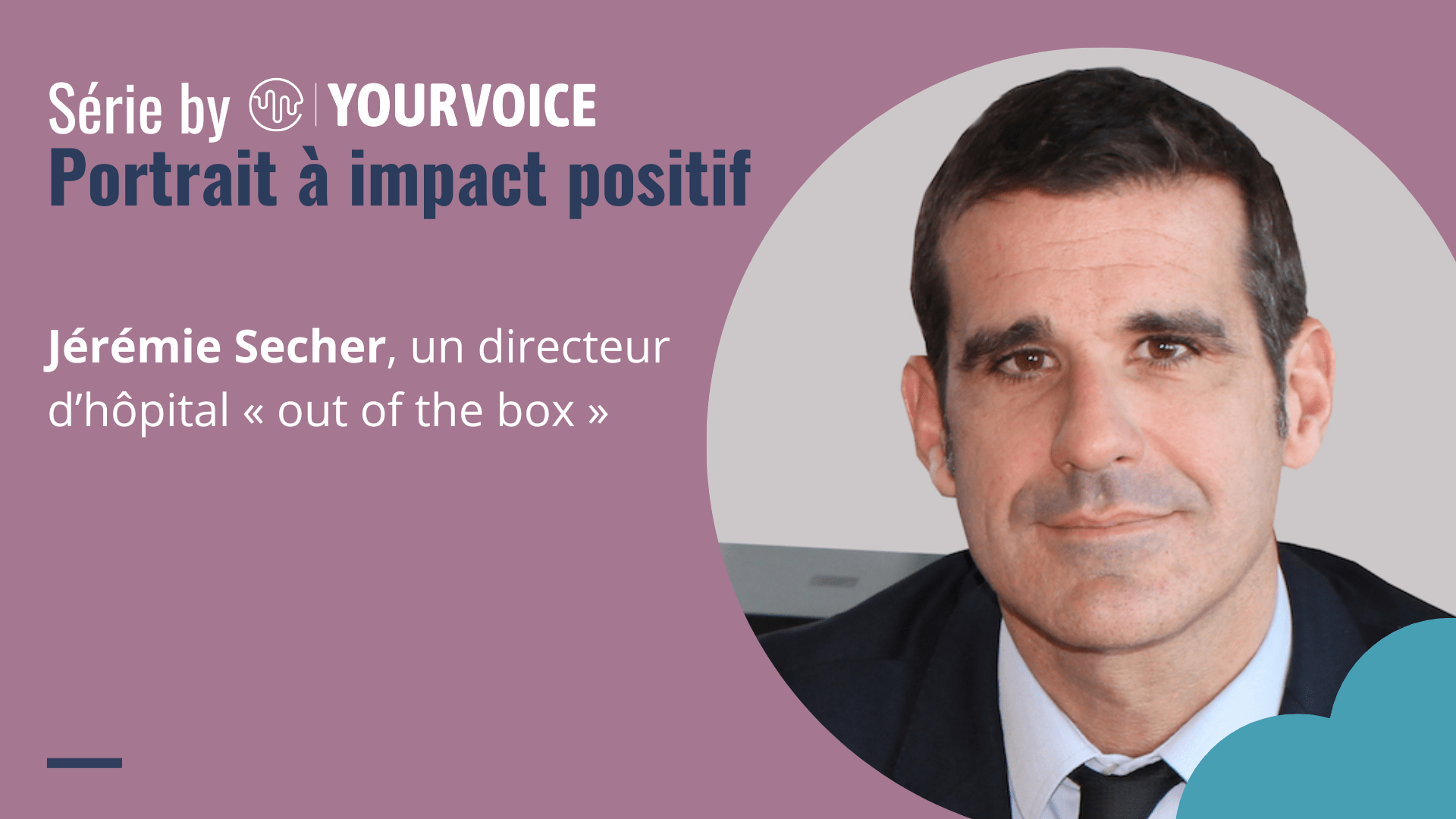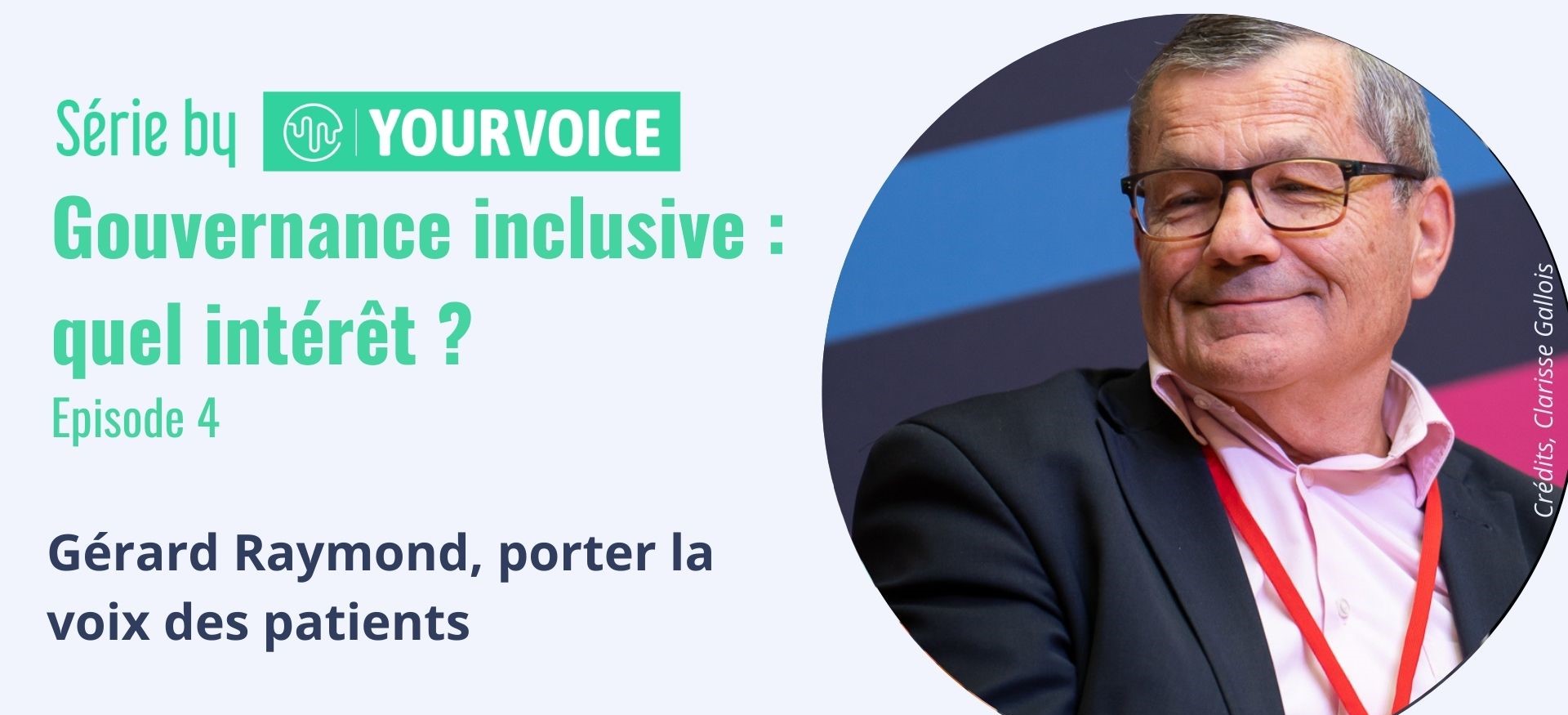
INNOVATION, THE PROFESSIONAL WORLD
The HR hour
February 18, 2020
In our day-to-day work as a consulting firm, we find that that HR managers are not seen in their true light. Within the company, they are frequently confined to the triptychrecruitment/termination/labor relations.
In a fast-paced, fast-moving world, where competition is fierce, a company needs to be able to innovate and transform itself. But change change comes through people andin the company, people go through HR.
A Your Voicewe believe in strengthening the strategic position ofHR within the company. It is great time to capitalize on the potential of this functionas the guarantor of tomorrow's and the architecture of tomorrow.
La Directorate Human Resources has three powerful levers to encourage change: recruitment, talent management and implementing an agile organization. Ideally, when the HR function is involved at the highest highest level of information and decision-making, these three dimensions can be fully expressed fully.
Recruit profiles vectors of change
This approach is the easiest to implement, as it relates to HR's primary function: recruitment.
Even thoughone employee alone cannot bring about change, a fresh perspective is needed, expertise expertise, a breath of fresh air is a way of introducing change and, in a way, preparing the ground for future transformations.
To optimize the effectiveness of such recruitments, it would be go further and formalize this component as early as the job description. On the one hand, thishis clarification favors this type of application. On the other hand, it it constitutes a way to prepare the company for change, and to legitimize its role as a "trailblazer". or "discoverer" role role of the future employee.
The challenge for HR is to identify the profiles that will drive innovation and changeor even to convince internal staff of the value of such profiles when, all too often, replacements and recruitments are identical.
Now, to carry out this mission successfully, HR must be a stakeholder in the company's strategy, in order to understand current needs and anticipate future ones. future needs needs. Fromr this mapping of the skills required for the company's short-, medium- and long-term short, medium and long termHR is in a position to build a strategy to attract chigh potentials, even adapt the recruitment processto this end.
Cultivate talent within the company
"All leaders in innovation and transformation". This philosophy, found among the precursors of the liberated enterprise, ends often when it comes to deploying change within the organization, whether it's a transformation technological, CSR or environmental.
However, it is to call on HR only when it's time to think about when it comes to the change management. Sf no talent management policy has been put in place within the organization, it will be much more difficult to leverage internal strengths to transform the company..
Human resources: it is essential that organizations exceednt "resource exploitation", to capitalize on the development ofs men and their capabilities.
LHR is more than just the gateway of entry and exit of the company. They are the researchers for nuggets and gardeners of the company's young and not-so-young shoots.
To carry out this strategic strategic missionHR must have the best possible understanding of the company's challenges. Qhat skills, profiles and personalities will be needed to succeed tomorrow?? This is the only way toitare able to deploy internal resources internal resources today and anticipate tomorrow's needs through training, mentoring andTALENT talents-.
The Edenred group embodies this major investment investment in the development of its employees to ensure the organization's agility and ability to adapt to market changes.
Create an agile environment
In a recent article1published last October, McKinsey & Company details the advantages of a organization in spiral organization (helix organization)as opposed to matrix organizations.
If we assume that a company's capacity for innovation and transformation is the more open, streamlined and agile its organization, this is an interesting approach. The concept is based on clarifying hierarchical relationships. In a traditional organization, an employee may have up to two or three reporting levels (his or her line manager, area geographic geographical area manager of BU MANAGER). The spiral spiral is based on two distinct lines of management, both with equal reporting responsibilities: a skills manager (skills development, career management, trainingncoaching, business consulting, assessment of and a day-to-day value-creation manager (prioritization and clarification of objectives, task supervision, quality control, feedback...). For this to work, the two managers need to talk, agree and work hand in hand. The key is a better balance between the quest for professional excellence and the quest for reactivity to the market, greater flexibility for the company, employee empowermentand reduced tensions due to clarification of roles..
Basically, so-called liberated companies are organizations spiral. In clarges groupsthese ETI, such as Triballat2, chese SMEs or cocial structures, the l'cross-functional agility as well asa better allocation of resources and talent (in the right place at the right time). No more duplication! The organization canfor example, developr a pool of datascientists which it deploys in the various BUs or departments, depending on needs and projectsin the manner like a communications or an in-house IT services company.
Who else could orchestrate this ensemble, if not the DRH? Only one conditionis positioning at the highest corporate level, and the means to develop a talent pool talent pools in which the organization constantly invests.
Ladies and Gentlemen leaders, it is high time to to empower to transform atx HRD.
Keep up to date with all YourVoice media news!
